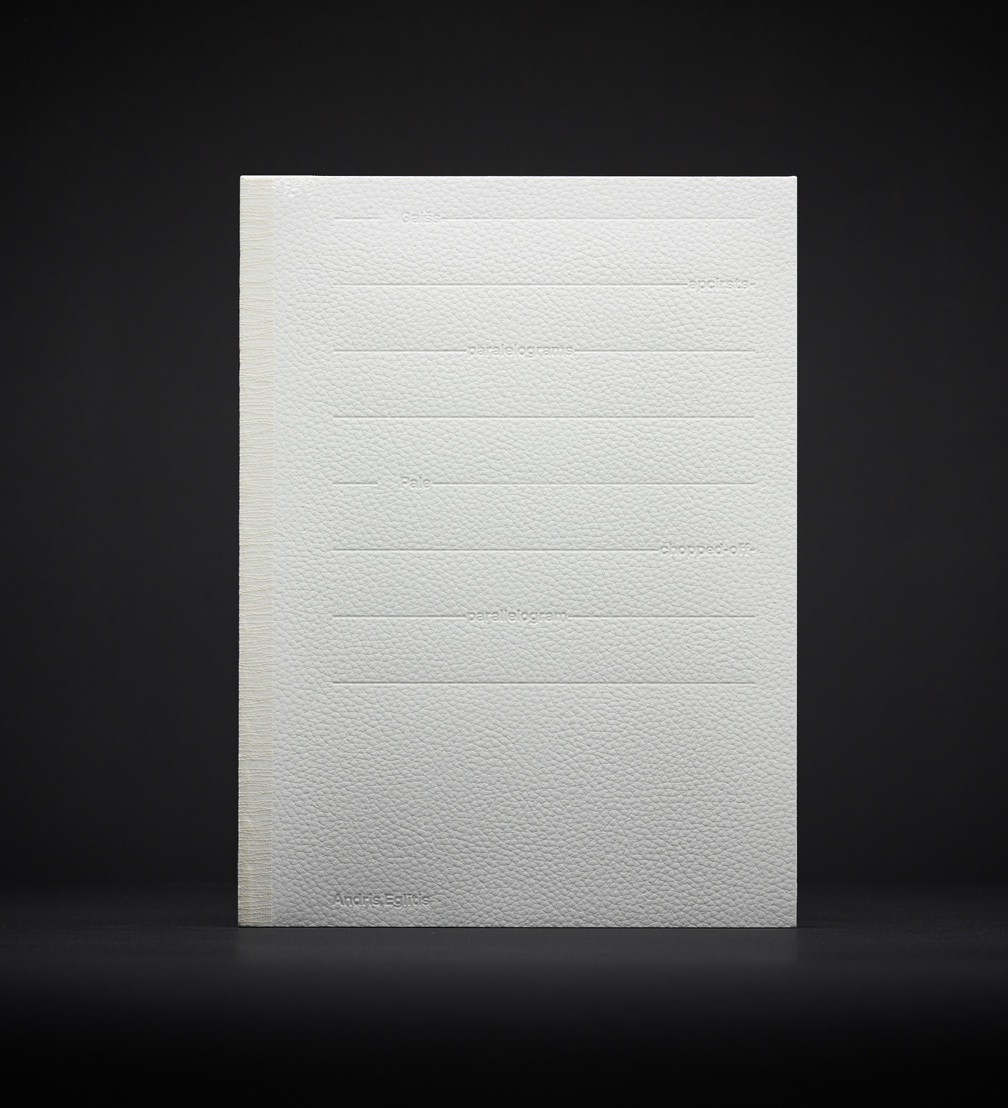
The art project Savage (Savvaļa) has released an extensive bilingual book dedicated to the artist Andris Eglītis and his creative activities in the recent years. The book’s graphic designer Alexey Murashko has produced a thorough visual narrative with reproductions of Eglītis’ works and photographs of his creative process.
In the opening essay the curator Katerina Gregos introduces Andris Eglītis as follows: «Eglītis is not only a keen observer of his surroundings. He also intervenes in them, constructing scenarios which either «frame» the landscape or become a part of it by being translated into the paintings themselves. These interventions straddle the territory between being props, sculptures, or installations unto themselves.» To a large extent this volume is dedicated to the unique creative process of Eglītis — augmented reality, painting as a kind of documentary medium and the presence of nature in the materiality, content and conceptual approach of his work.
In an email interview with Gregos, Eglītis describes the central issue addressed by his artwork: «What are the possible and necessary relations between civilisation, culture, technology, comfort and nature, wilderness, physicality, mud, moist and cold?» This dichotomy between nature and culture is captured by the cover paper, which imitates the texture of natural skin by technological means, highlighting the difference between nature and what we perceive as «natural». The book’s spine exposes the fabric of the binding tape, giving the volume a processual look — as if it was not quite finished, but the spine can also be read as a medical gauze holding together the «skin pieces» of the cover.
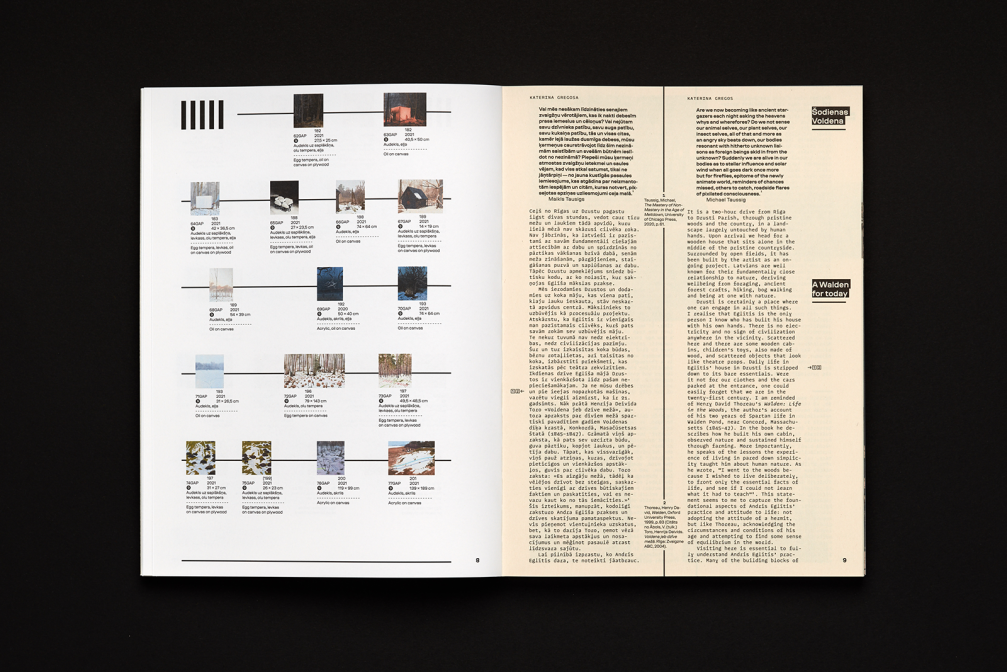
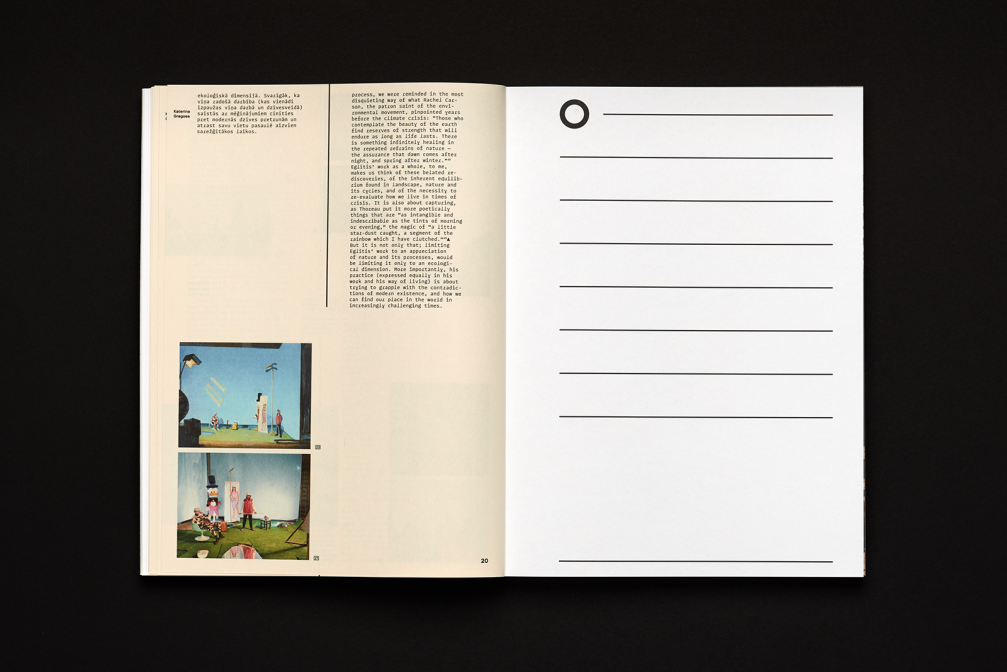
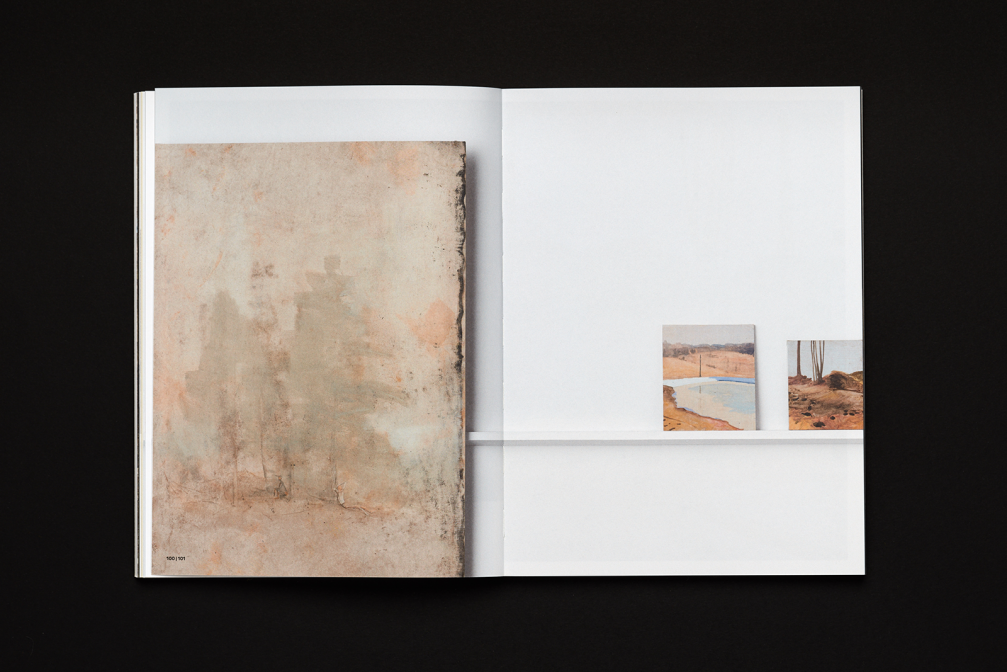
The book includes not only the artworks Eglītis has produced in the recent years, but also several essays, sketches, earlier works illustrating the continuity of his method, and macro images, showcasing the texture and materiality of his works. The central object of the volume is an endless shelf, on which the artworks are arranged. Referencing the artist’s method of augmenting reality, an abstract gallery was created — Eglītis himself built a shelf, on which the photographer Reinis Hofmanis captured his paintings. Given the context of the pandemic and the difficulty of visiting art spaces in person, this approach, brought about by the book’s graphic designer Alexey Murashko, is particularly appropriate, but it also enables the reader to perceive the physicality of the paintings, which is always present in the works of Eglītis. The gallery showcases the size and scale of the paintings by including people in some of the photographs. Some works are seen first on the shelf, and then the book zooms in on them, as if they have caught the attention of the reader/viewer and have been approached closer in physical space.
The reproductions of paintings are accompanied by pictures from the artist’s photo archive — images that document his artistic process and creation of scenes, as well as photographs from daily life. These collages are based on the principle of resemblance, pairing seemingly unrelated images that interact with each other through colour, texture, and themes. In collages that show the same view as a scene set-up as well as a painting, the photographs have been rotated, denying the reader the chance to make direct comparisons. Photographs of the scene set-up of one artwork are combined with the reproductions of another. The photos of the scenes are sometimes larger than the paintings that result from them, dismantling the hierarchical relationship between the creative process and its product. As a result, Eglītis’ first book is much more than a standard art catalogue — each spread is a visual enjoyment in itself.
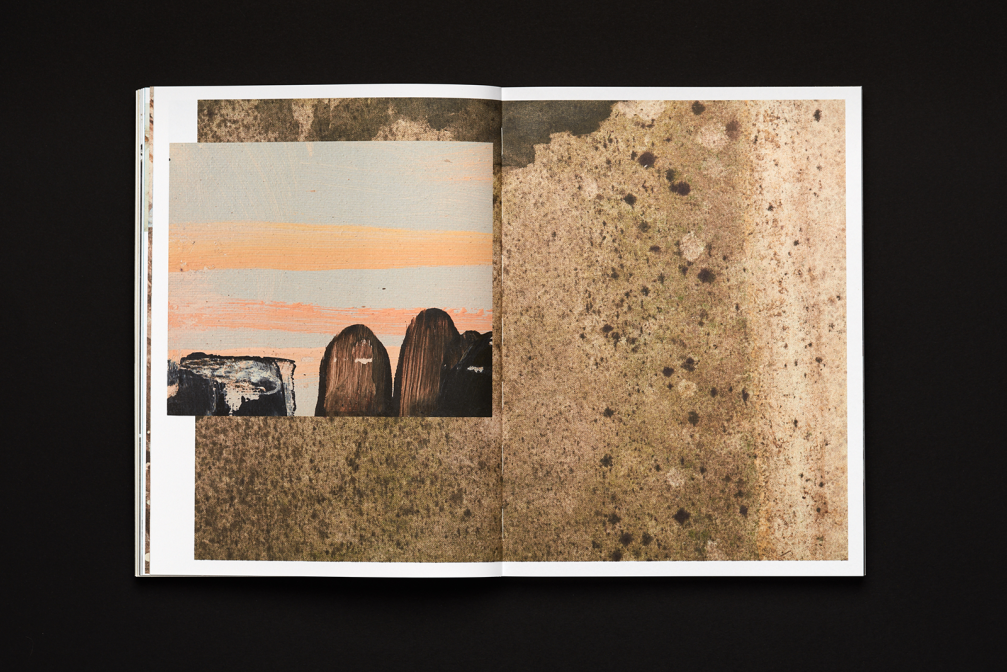
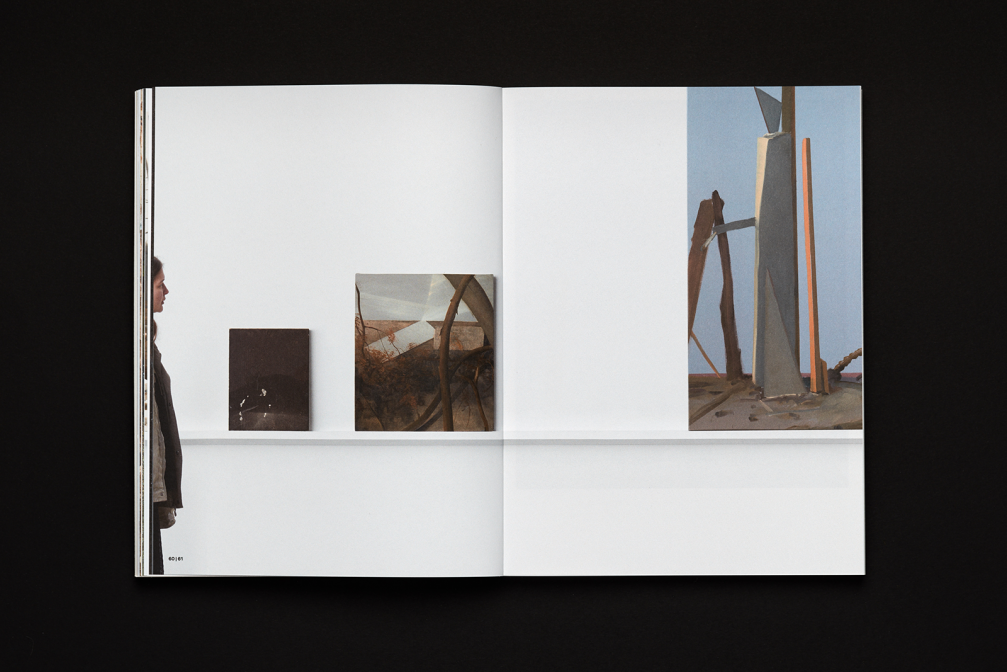
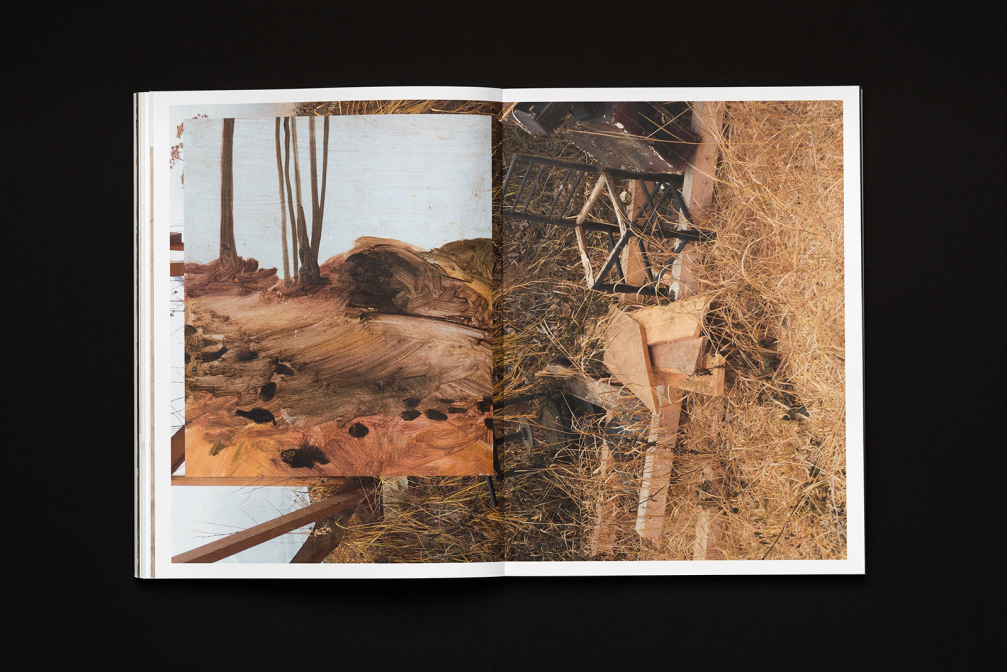
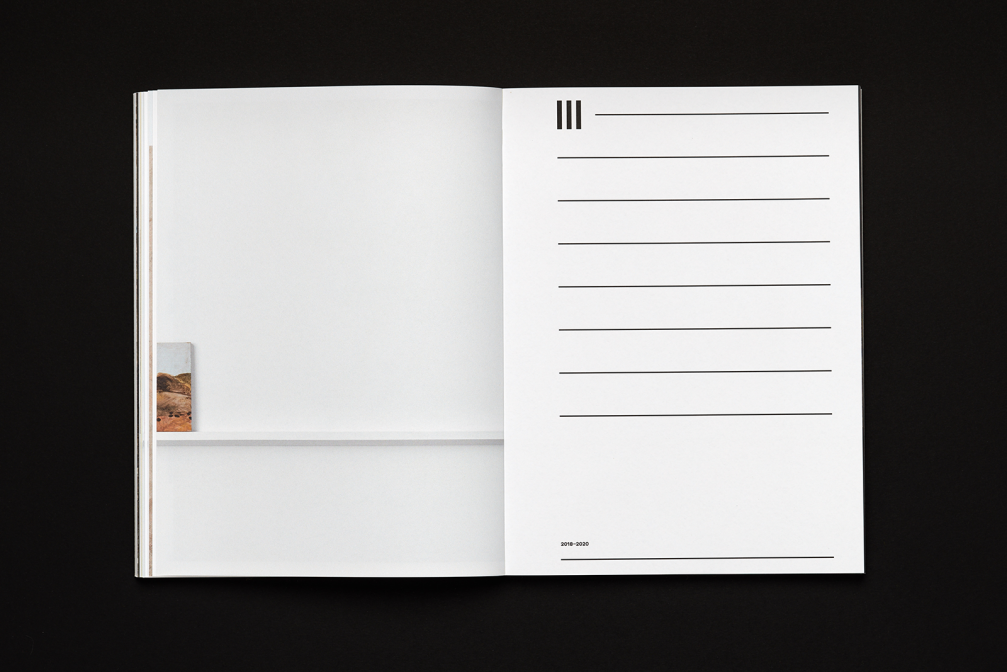
While working on this volume, Alexey Murashko has indulged in happenstance, allowing accidental combinations, solutions and corrections created by external circumstances into the final product — he refers to this approach as a principle of controlled chaos. At the same time, this book bears Murashko’s signature attention to functionality and readability. Despite its thick paper and layered structure, it opens easily; the index and reference system have been resourcefully addressed.
The book Andris Eglītis. Pale Chopped-off Parallelogram is supported by the State Culture Capital Foundation and the Future Aid Fund.
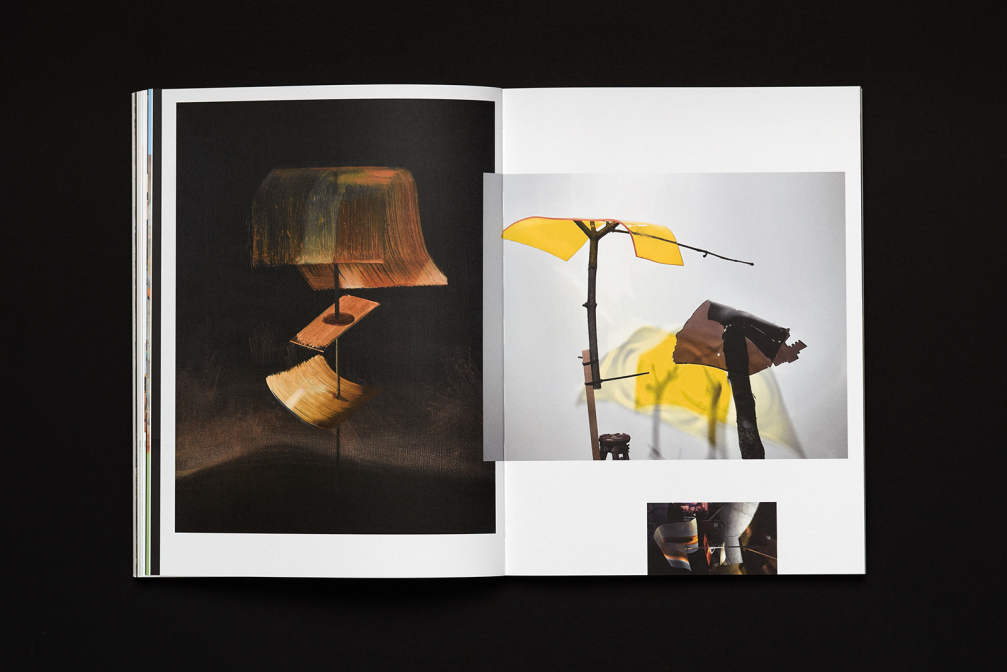
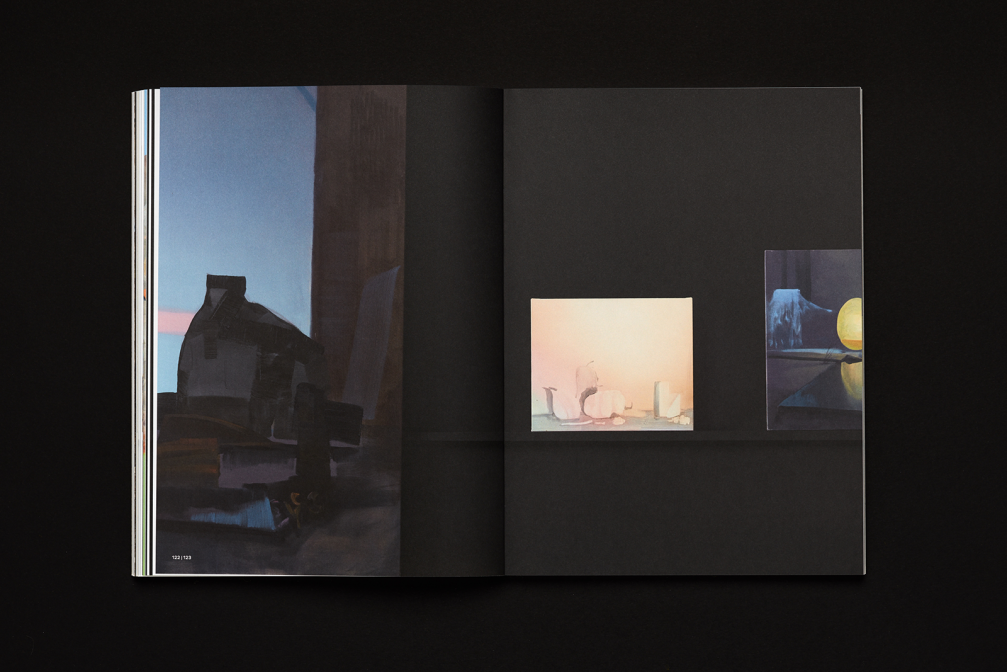
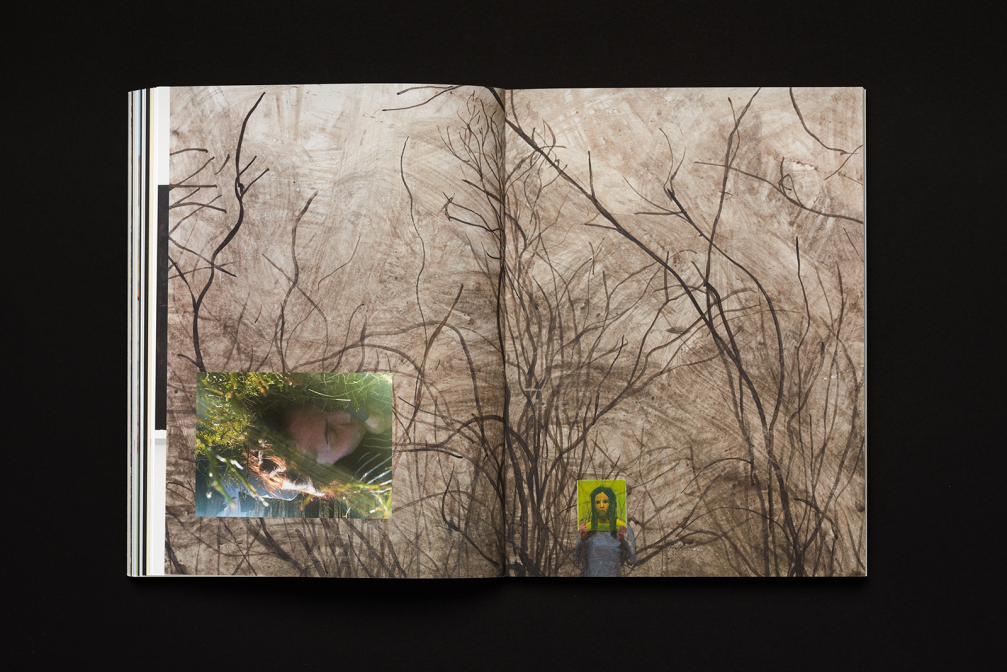
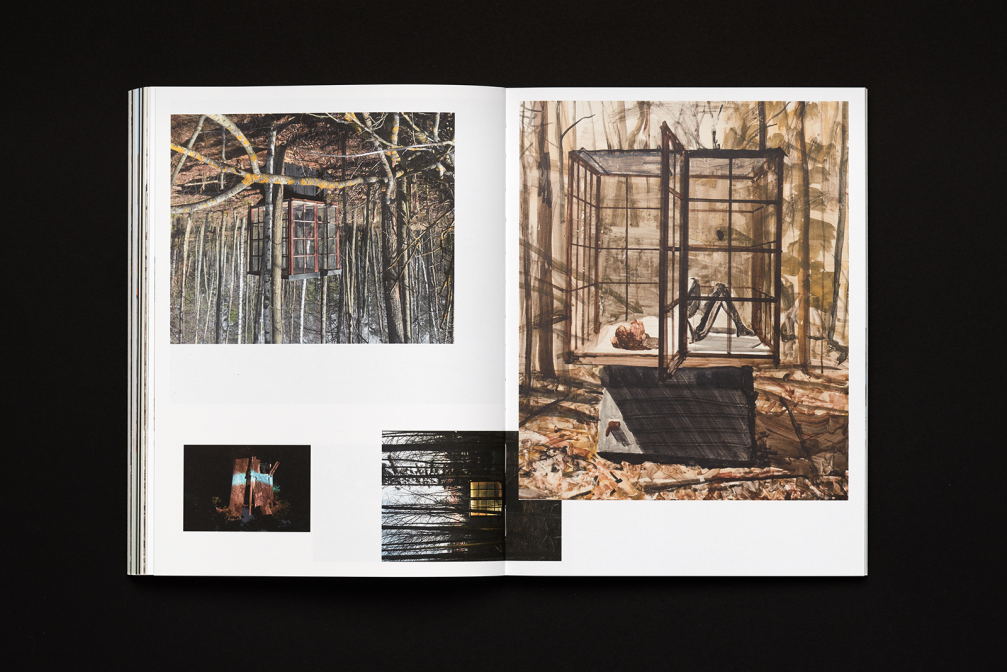
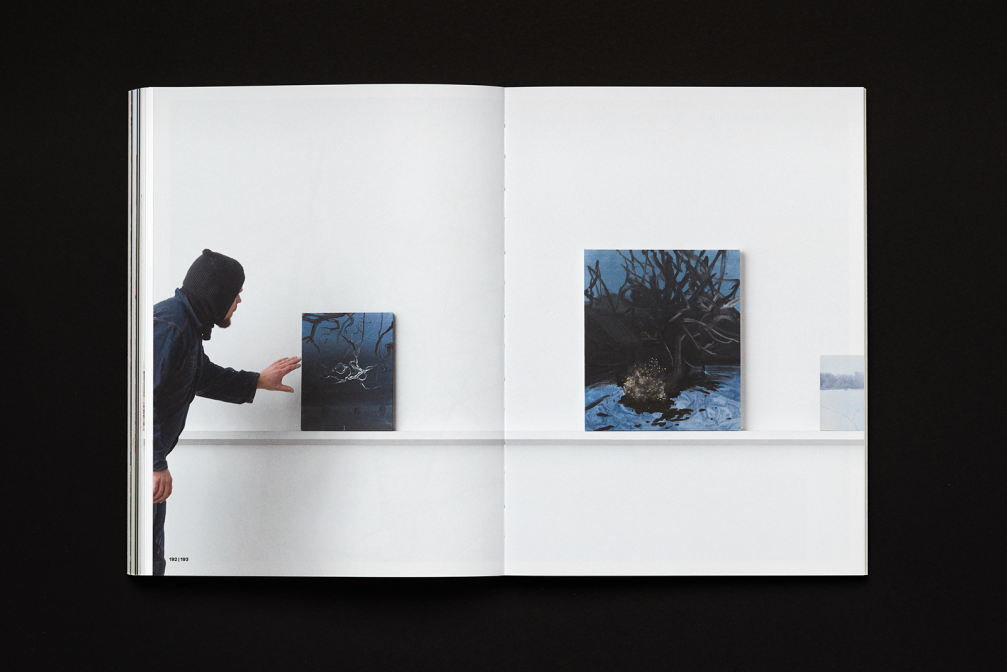
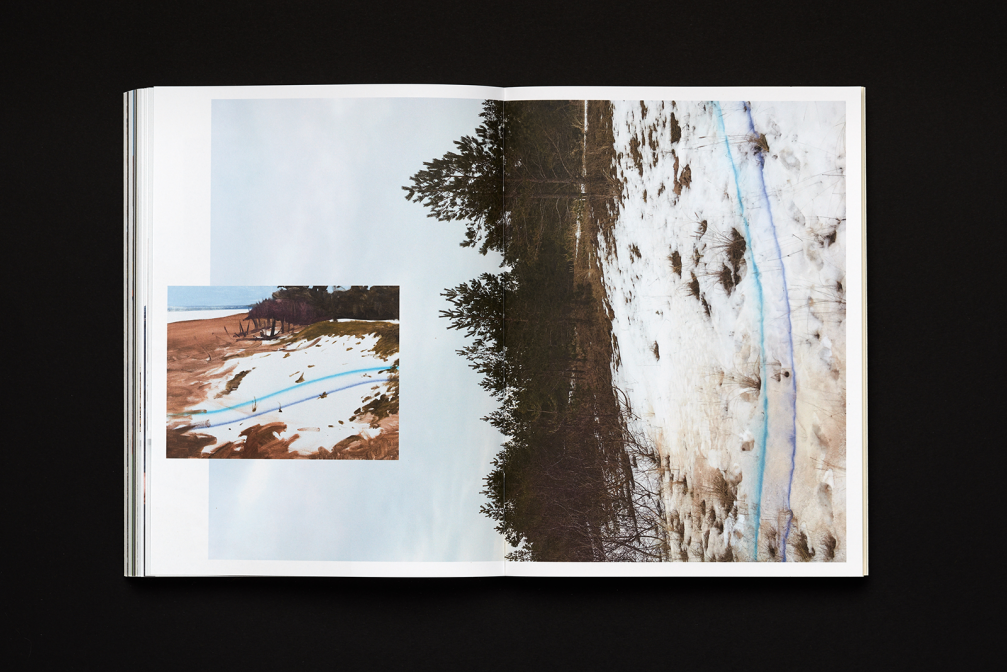
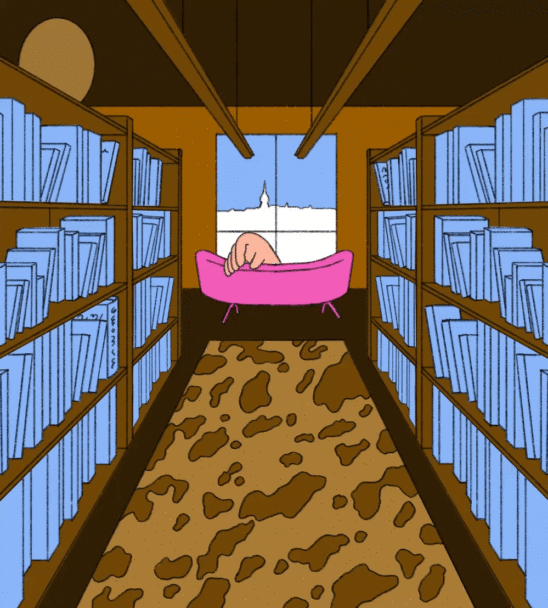

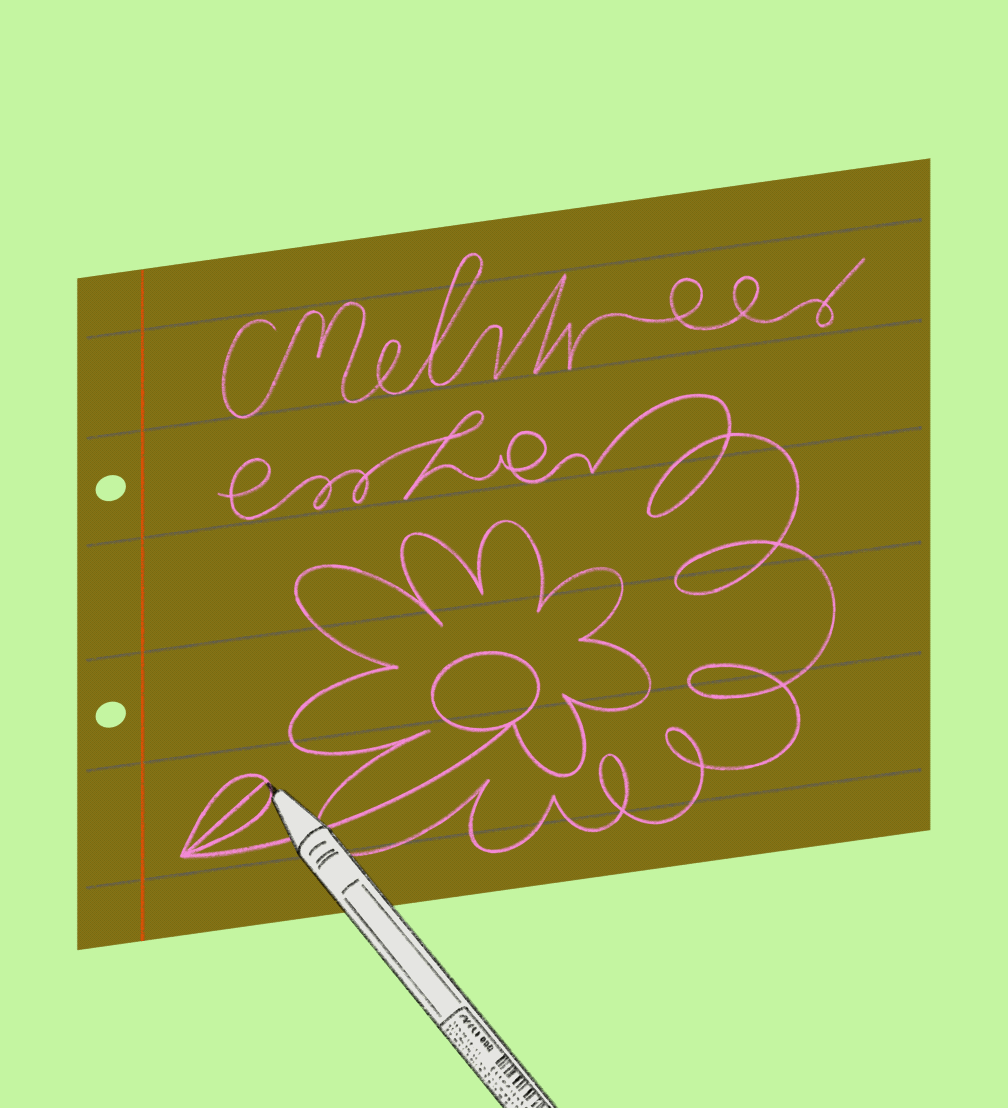
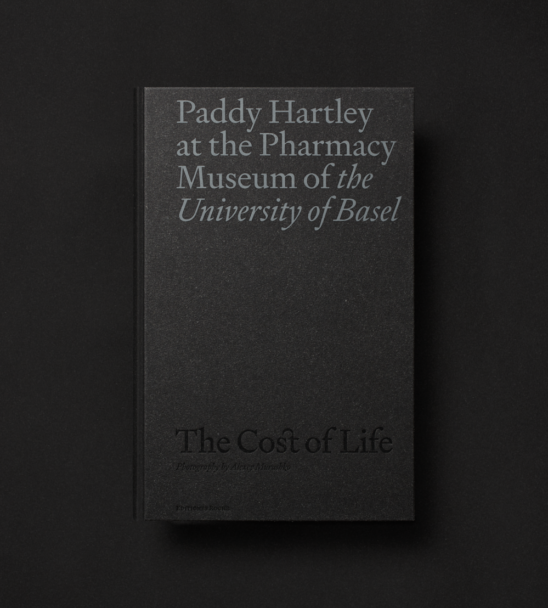
Viedokļi